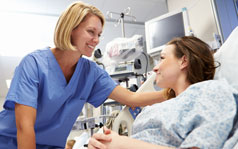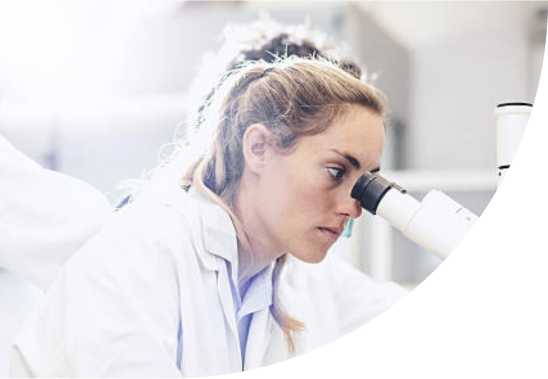Transoesophageal Echocardiography (TOE)
Contact Us
Request an AppointmentPlease note a referral letter is required before an appointment can be confirmed.
Please note a referral letter is required before an appointment can be confirmed.
Useful Information
About this service
Transoesophageal echocardiography (TOE) uses ultrasound technology to take detailed pictures of your heart and the arteries that lead to and from it.
A TOE generates clearer images of the upper chambers of the heart and the valves between the upper and lower chambers of the heart, compared to standard echocardiograms.
The images generated from a TOE will help your consultant to see:
- The size of your heart and how thick its walls are.
- How well your heart is pumping.
- If there is abnormal tissue around your heart valves.
- If blood is leaking backwards through your heart valves (regurgitation).
- If your valves are narrowed or blocked (stenosis).
- If blood clots are present in the chambers of your heart, in particular the upper chamber.
- This procedure usually lasts between 30 - 60 minutes.
- You will receive some sedation to help you relax.
- Electrodes will be attached to your chest and connected to an ECG machine to monitor your heartbeat.
- Your mouth and throat are numbed with local anaesthetic spray to suppress the gag reflex and to make it easier to swallow the ultrasound device.
- Once the device is in position, it will send sound-waves to your heart and collect the echoes that bounce back. The echos will then become images on a video screen, allowing your consultant to view all areas of your heart.
- When the consultant is finished taking pictures of the heart, the probe is removed slowly and the electrodes are disconnected.
- Observation is continued until the effects of the sedation and local anaesthetic have worn off.
- You cannot eat or drink anything for at least two hours after the test, as the back of your throat will still be numb.
- When you have sufficiently recovered you will be given a light snack.
- Following sedation you must not drive, operate a machine, make important decisions or drink alcohol until the next day.
- You must be collected on discharge, as you are not allowed to drive or travel home unaccompanied following sedation.







.jpg?sfvrsn=bc97231b_1)



